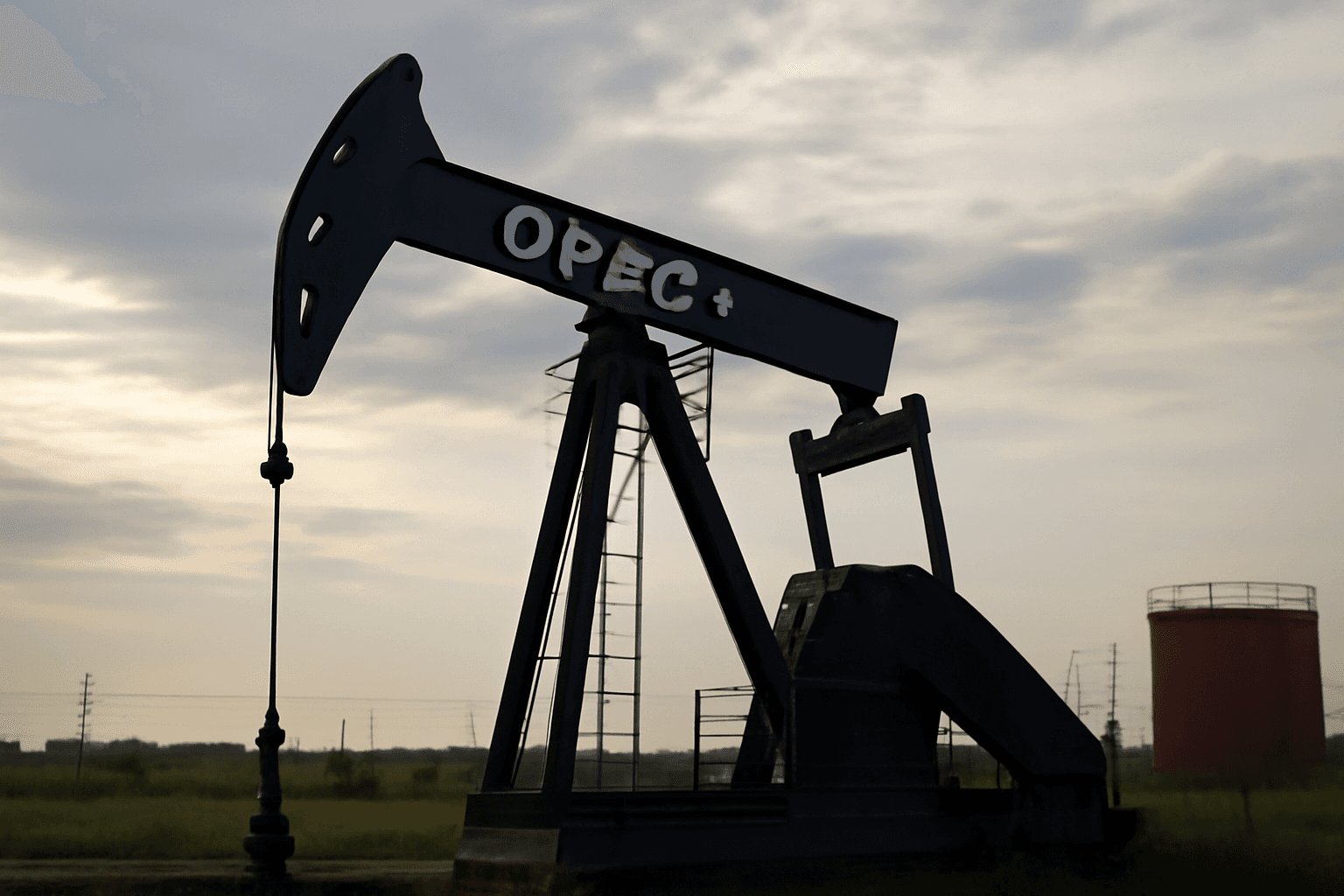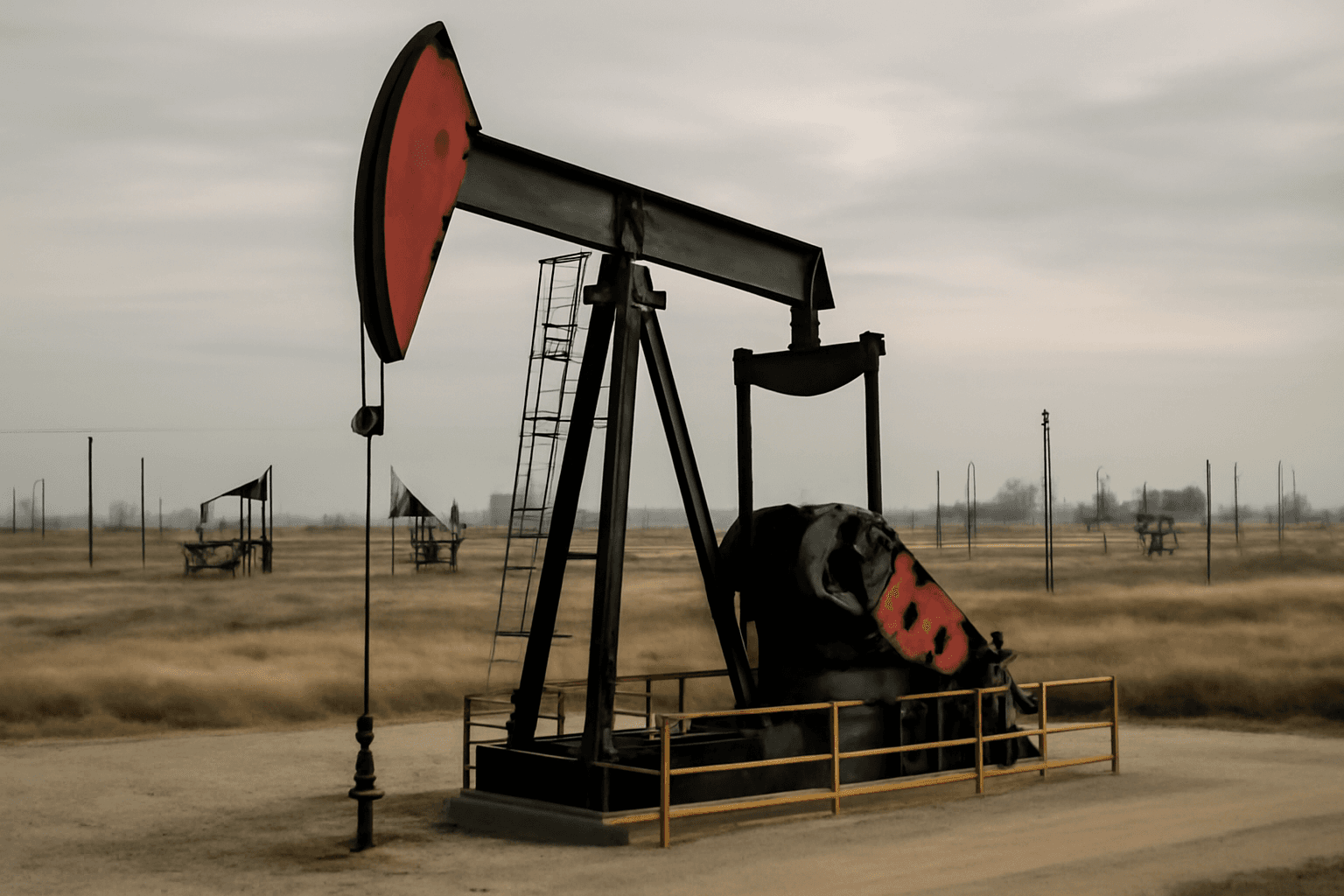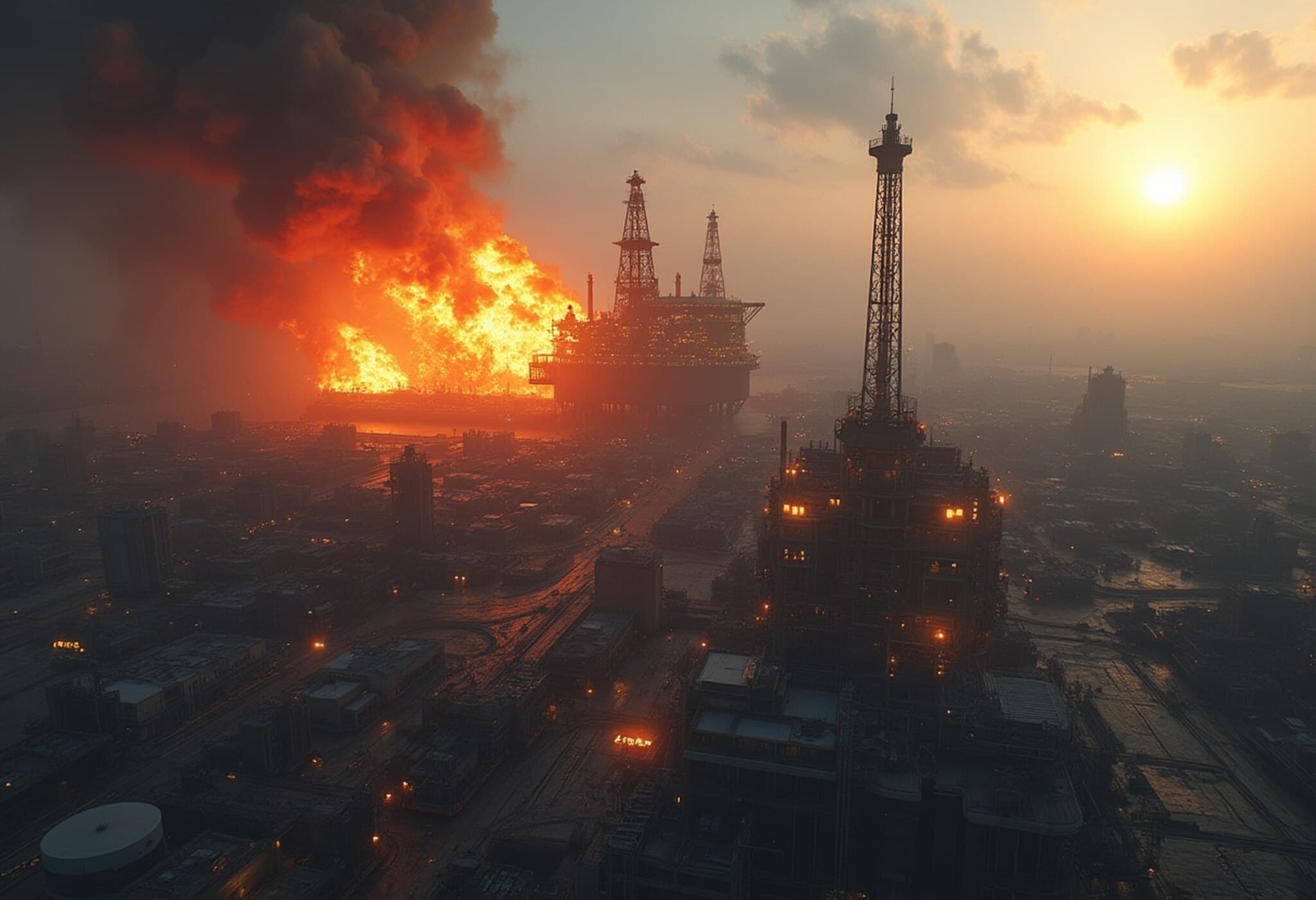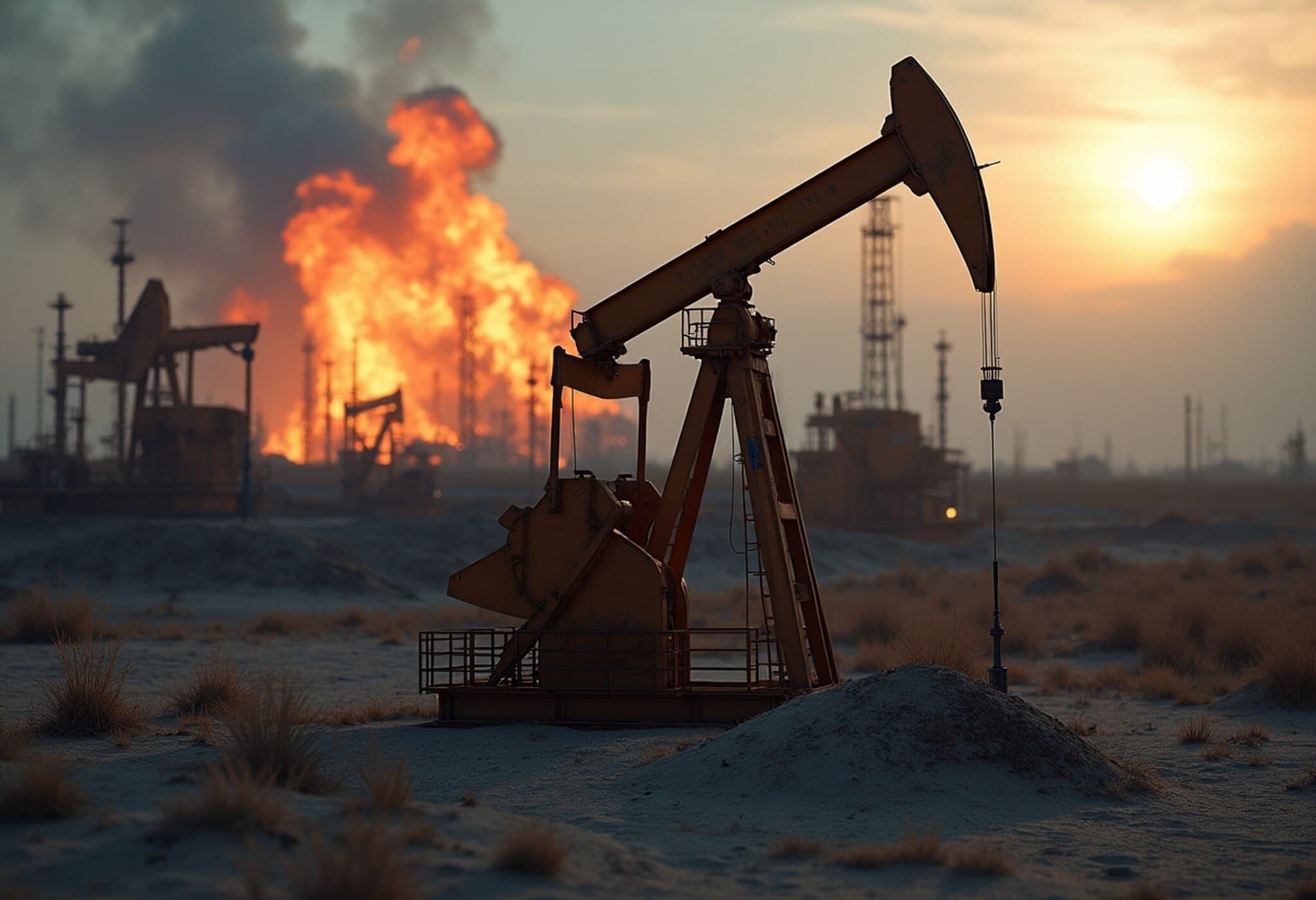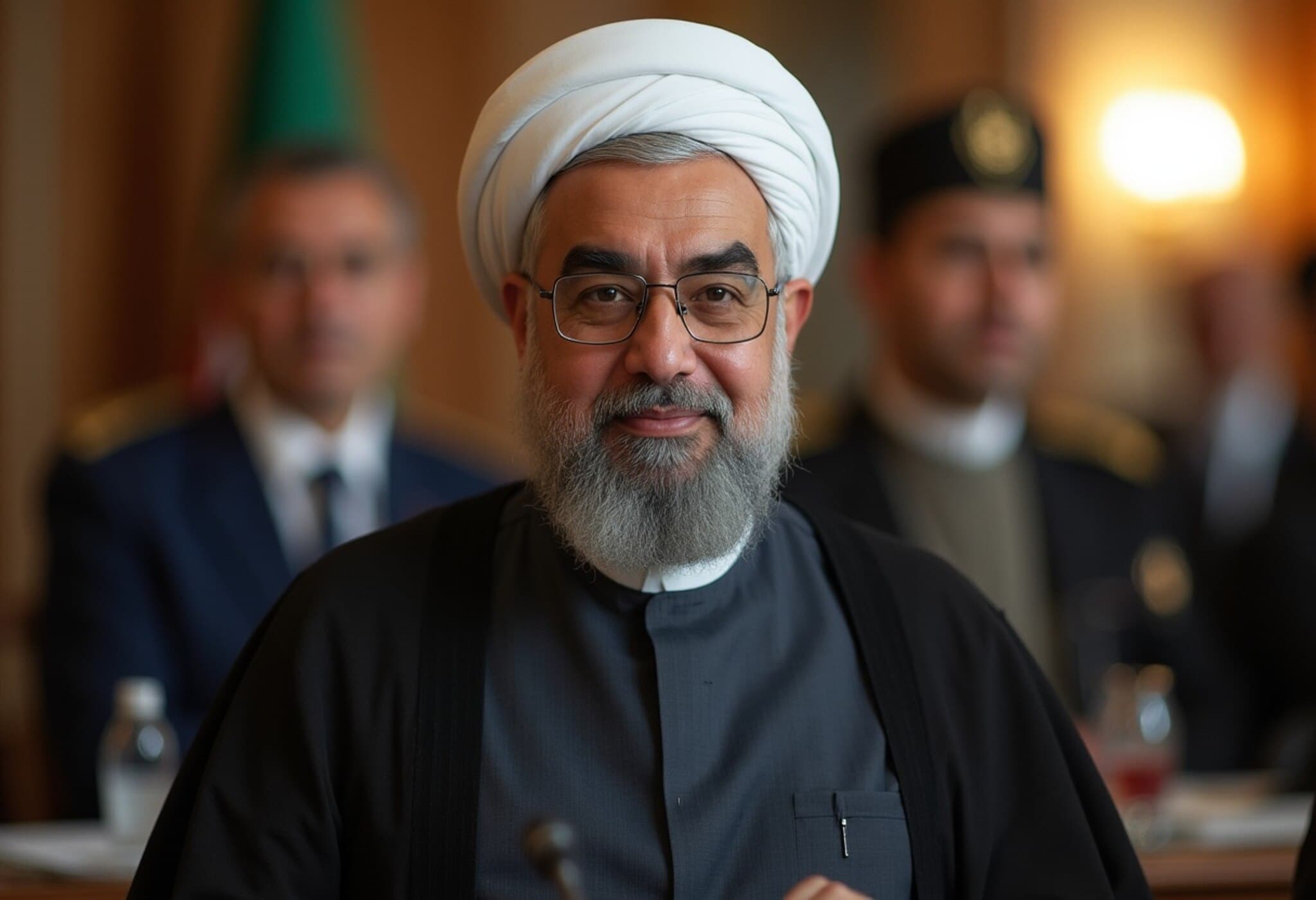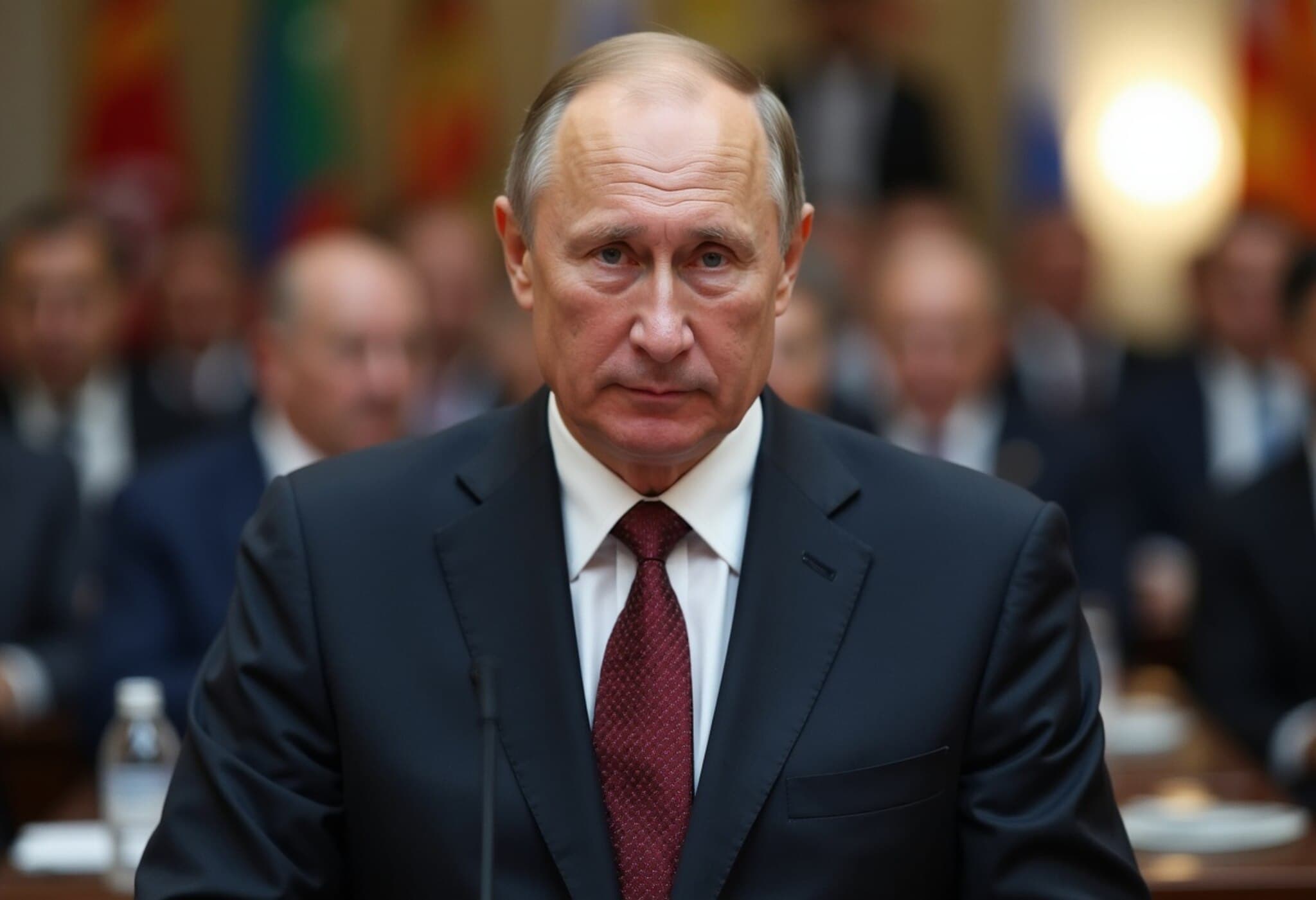On May 28, 2025, the OPEC+ alliance confirmed it will maintain its current overall crude oil production quotas, as previously agreed in December 2024. The coalition, comprising OPEC and non-OPEC nations, continues to manage its output to stabilize global oil markets while preparing for a review of July production levels.
Though the group-wide production cuts remain in place, encompassing a reduction of roughly 2 million barrels per day until the end of 2026, a subset of eight key members—including Russia, Saudi Arabia, Algeria, Iraq, Kazakhstan, Kuwait, Oman, and the United Arab Emirates—are implementing additional voluntary output adjustments. Currently, these eight countries are maintaining voluntary cuts totaling 1.66 million barrels per day through the end of next year.
Previously, this subset had also enforced a second voluntary reduction series amounting to 2.2 million barrels per day until March 2025. Since then, they have begun gradually restoring production, with an estimated 1 million barrels per day returning during April through June. The group plans to assess possible further adjustments during the upcoming weekend, with indications pointing toward a potential additional output increase in July.
According to anonymous sources familiar with the discussions, the prospective increase could reach approximately 411,000 barrels per day—aligning with the incremental hikes observed in May and June. This move responds in part to concerns over quota compliance by certain members, including Kazakhstan, Iraq, and Russia.
UAE Energy Minister Suhail Mohamed al-Mazrouei emphasized the importance of broad participation, stating, "This group is doing its best, but it's not enough only this group, we need the help of others," at a recent utilities conference.
In addition, OPEC+ requested that the OPEC Secretariat conduct evaluations of each member country's sustainable production capacity to establish baseline levels for 2027 quota calculations. The coalition's next ministerial meeting is scheduled for November 30, 2025.
Following the announcement, oil prices showed gains, with London’s ICE Brent crude for July delivery climbing 1.5% to $65.06 per barrel at 4:30 p.m. local time, and nearby Nymex WTI futures rising 1.76% to $61.96 per barrel.
Summer Demand and Market Outlook
Oil demand traditionally rises during the summer months due to the travel season and increased energy needs, particularly in Middle Eastern countries requiring electricity for air conditioning. UBS strategist Giovanni Staunovo noted the market remains "closely balanced" in early 2025 despite earlier expectations of a supply surplus.
He added, "With demand seasonally rising and the eight OPEC+ members with voluntary cuts expected to reintroduce more supply in July, oil prices are likely to trade sideways within a $60 to $70 per barrel range in the coming months."
Highlighting the unpredictable nature of demand, UAE’s al-Mazrouei concluded, "We need to be mindful of the demand. Demand is picking up. And demand is going to surprise us if we're not investing enough."

